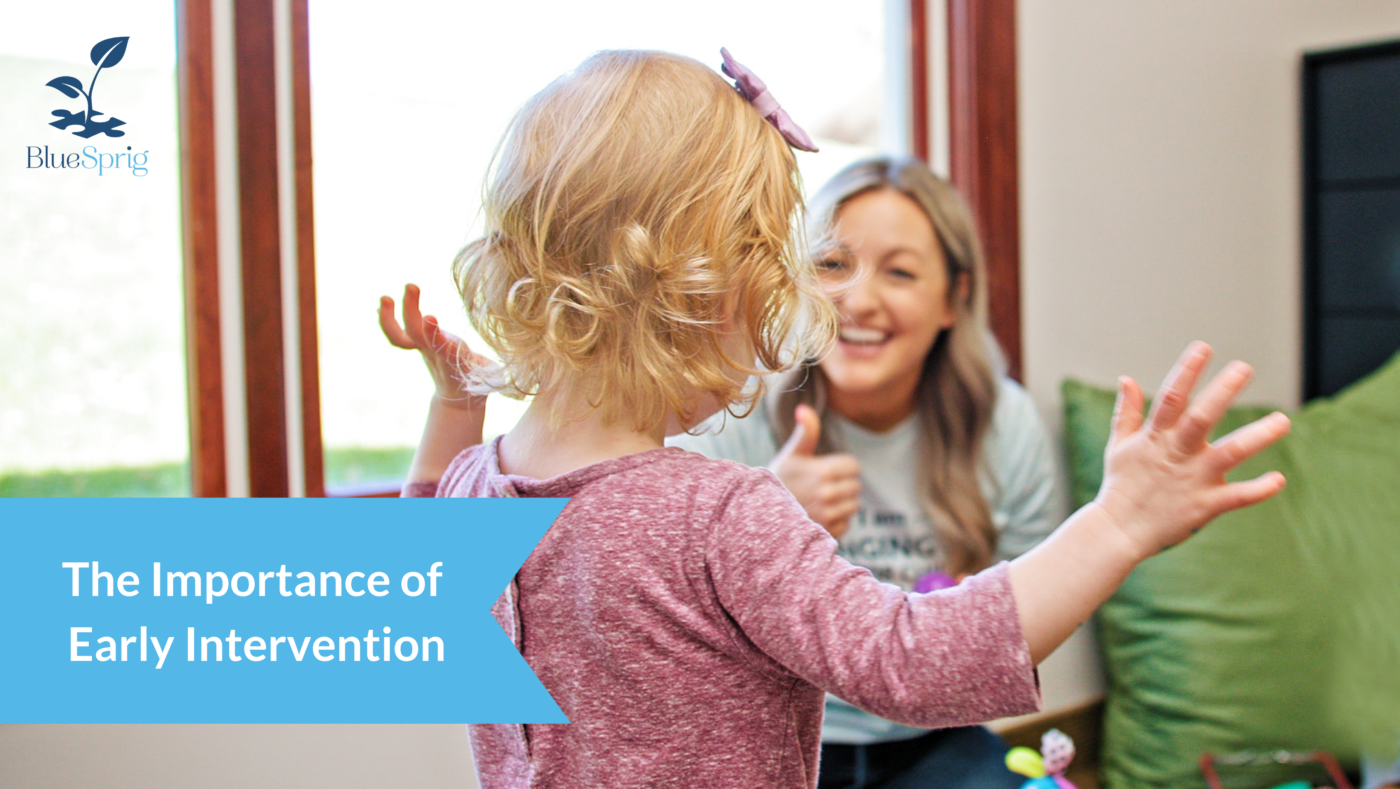An early diagnosis of autism spectrum disorder (ASD) and treatment are significantly important for the development of a child’s brain in the early years of their life. According to the CDC, the brain will continue to develop and change into adulthood, however, the first 8 years of a child’s life can build a foundation for future learning, health and life success. Early detection and treatment can lead to improved behaviors in the short and long term to help children with ASD regarding various skill areas (e.g., socialization, communication, adaptive skills), health and safety, and quality of life. It’s important to know the signs and symptoms to detect ASD, talk to the right medical specialist to get a diagnosis and know your next steps for the best care and treatment for your child.
At What Age Can My Child Receive a Diagnosis?
Signs of autism can be shown in children at an early age through multiple signs and symptoms. According to the CDC, autism can be detected as early as 18 months (about one and a half years) of age or younger. A reliable diagnosis can be made by an experienced professional by the age of two. Doctors will conduct a developmental assessment through developmental monitoring, screening, and diagnosis. This developmental assessment will determine if early intervention through applied behavior analysis (ABA) therapy is needed. Learn more about the diagnostic process for ASD.
Why Is Early Intervention Important?
For children with ASD, early diagnosis and intervention are essential for their development. The first three years of a child’s life involve vital brain development. Intervening during this crucial period is known to produce more favorable treatment outcomes. As a child gets older, it becomes more difficult to change these behaviors. A key feature of ABA is that it allows for repeated learning opportunities, so the earlier intervention is started, the more opportunities the child has to practice desired skills and less time they have to engage in undesired behavior. By implementing early intervention therapy services at a young age, children with autism spectrum disorder can improve their developmental pathway.
What Treatment Is Best for Autism?
The most notable behavioral intervention for individuals with autism spectrum disorder is ABA. With hundreds of peer-reviewed studies, ABA has become the standard of care for the early intervention treatment of ASD.
ABA is a therapy built around the process of positive behavior change using reinforcement strategies to both increase and decrease targeted behavior while working to improve socialization, communication, learning skills and other developmental milestones. ABA has been shown to minimize the challenges associated with autism and improve the quality of life of individuals with ASD and their families.
ABA Therapy at BlueSprig
BlueSprig offers individualized programs geared toward ABA therapy for young children with ASD. Each program is customized to focus on the appropriate communication, safety and social skills to help clients achieve their developmental milestones and have a successful transition into school or community settings. Our services and care don’t stop here: in addition to these, we also work to ensure that families are equipped with strategies that enable them to facilitate learning in the home and community setting outside of therapy hours.
Learn More About Starting ABA Therapy Today
If your family is ready to start their journey in ABA, or simply needs assistance with next steps, BlueSprig is here to support you with initial and ongoing assessments, family guidance, and resources. Our supportive staff is available to provide services any time of day, even on the weekend, to accommodate the schedules of our families. We also offer a variety of settings to receive individualized treatments based on the specific needs of each child in-home, center, community, school and virtually.
